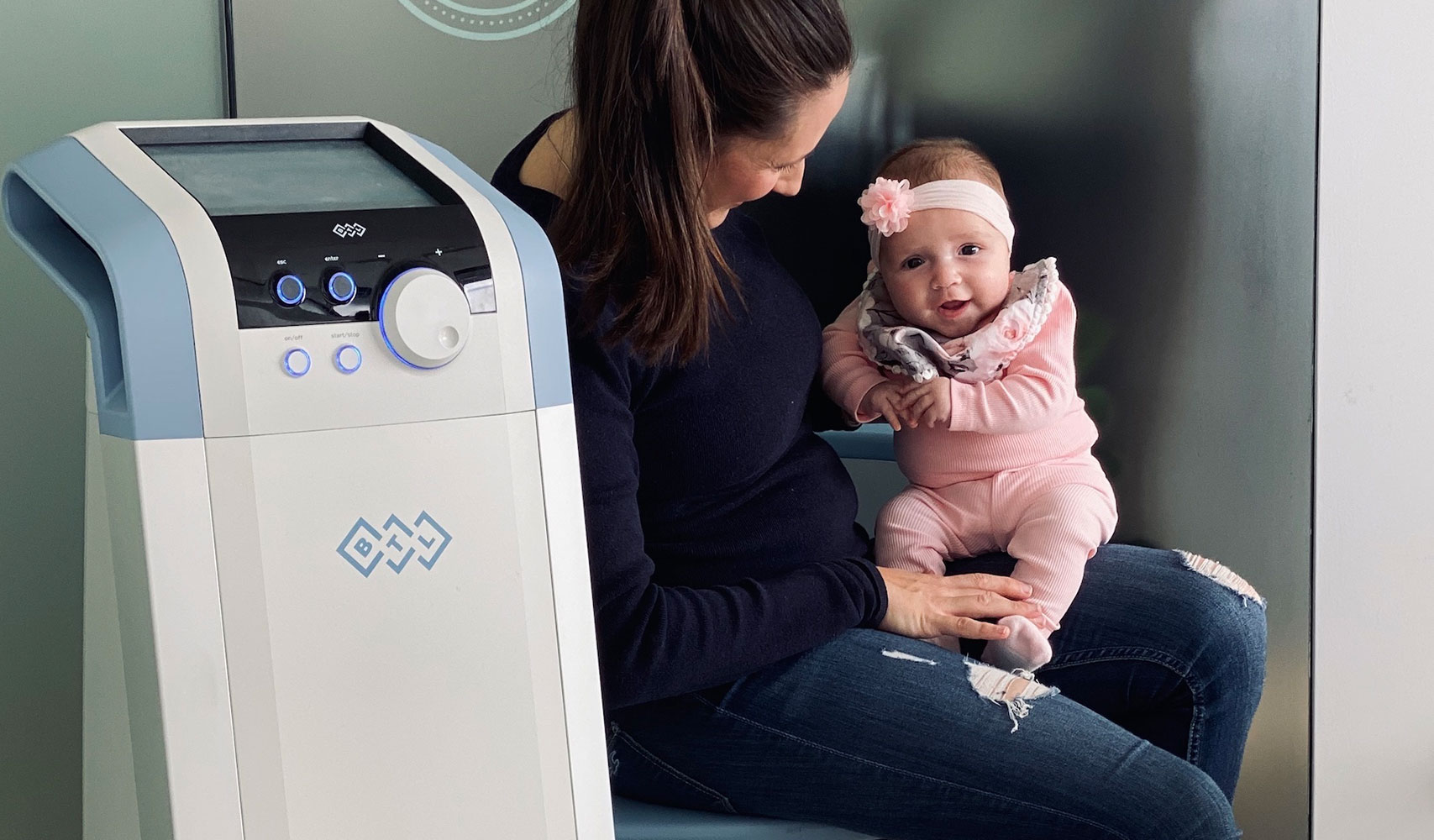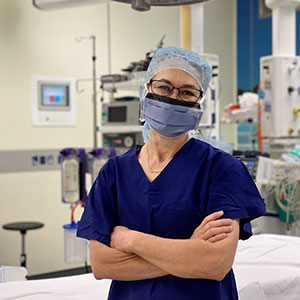
Post-baby Issues
Every mother who has had a baby is very aware of the changes that pregnancy and delivery of a baby has had on her body. The Elsa Clinic Core and Floor Program helps women achieve a strong pelvic floor and tight functional abdominal muscles in the quickest possible time.
Whether you have had a vaginal delivery or a Caesarian section, both the Emsella chair and the Emsculpt abdominal muscle strengthening treatments can be started within 4-6 weeks after having a baby and are completely safe whilst breast feeding.
Using the non surgical and non-invasive BTL HIFEM medical devices, the Emsella pelvic floor exercise chair and the Emsculpt abdominal device deliver the highest quality treatments and are FDA approved for use in Australia.
An initial medical assessment with Dr Sonya Jessup is essential to make sure these new technologies are safe for you. Issues of ongoing incontinence is a serious problem for many mothers who continue to lose urine with coughing, sneezing, laughing and exercising. In addition to incontinence there can be many other vaginal issues that women may face after having a baby such as vaginal laxity, decreased sexual function, vaginal tags and tender or mis-aligned episiotomy scars that can be addressed at the same time.

Each woman’s body is different when it comes to the ability of their body to recover from the delivery of a baby. Everybody know that some women get stretch marks from pregnancy and some women don’t, whether or not they are younger or older, whether they have had big or small babies and whether or not they used “ belly oil”. The ability of the body to recover from the vaginal delivery of a baby is also very different for different individuals. Whether the labour is fast or slow, the baby big or small or whether forceps have been used or not, some women will seem to have a full pelvic floor recovery and others will have ongoing significant issues.
The BTL Emsella chair uses HIFEM ( High Intensity Focused ElectroMagnetic energy) to produce 11,000 supra-maximal pelvic floor muscle contractions in each of six 30 minute sessions. The aim of these supra-maximal muscle contractions is to restore neuromuscular control to the stretched abdominal muscles and the pelvic floor muscles which support the bladder. Unlike pelvic floor Kegal exercises, strong muscular improvement can be achieved even by women who have no perceived sensation from the muscles they are trying to contract. In all women, the pelvic floor muscles are strengthened and improved dramatically, the vaginal walls are tightened and urinary and urge incontinence are maximally decreased.

The BTL Emsculpt uses the same HIFEM energy to produce 20,000 supra maximal abdominal contractions in a 30 minute session. These machine produced supra-maximal muscle contractions are not achievable by voluntary muscle action. They produces both a larger quantity and a larger number of muscle fibres in the targeted muscle groups and the paddles can be placed to directly target the lower TZone muscles that best support the core.
Following completion of the BTL Technology enhanced Core and Floor programme, Dr Jessup strongly supports the use of ongoing home pelvic floor exercise routines to maximise the body’ s own amazing ability to repair itself. She encourages her patients to consider undertaking regular pilates sessions or physiotherapist approved gym straining sessions.
A small proportion of women having tried both pelvic floor exercises and the Emsella technology will have more significant issues that do require surgical intervention. A vaginal anterior repair of a significant cystocoele without mesh can be of huge benefit for some women. The addition of radio-frequency vaginal treatments such as the Viveve device can also help promote a woman’s own body to create a strong natural collagen sub urethral sling if extra vaginal support is required.



